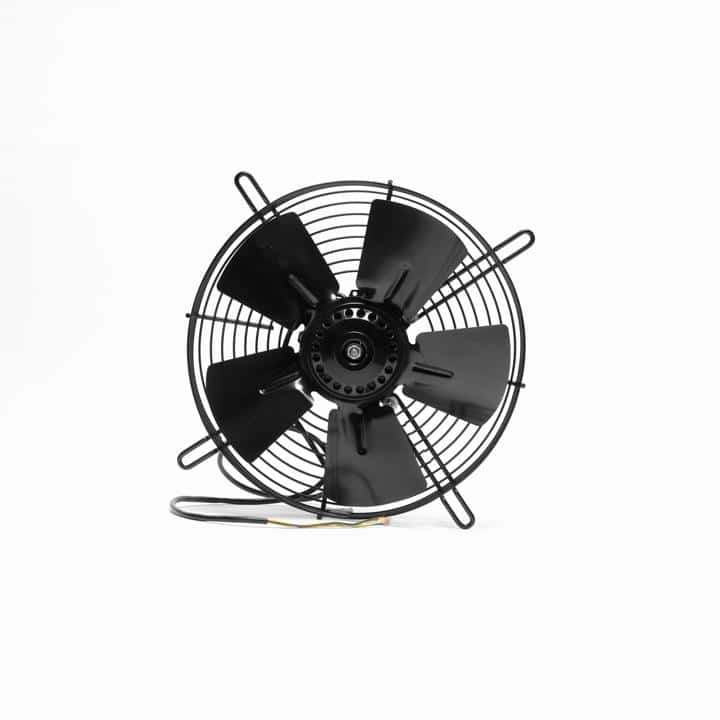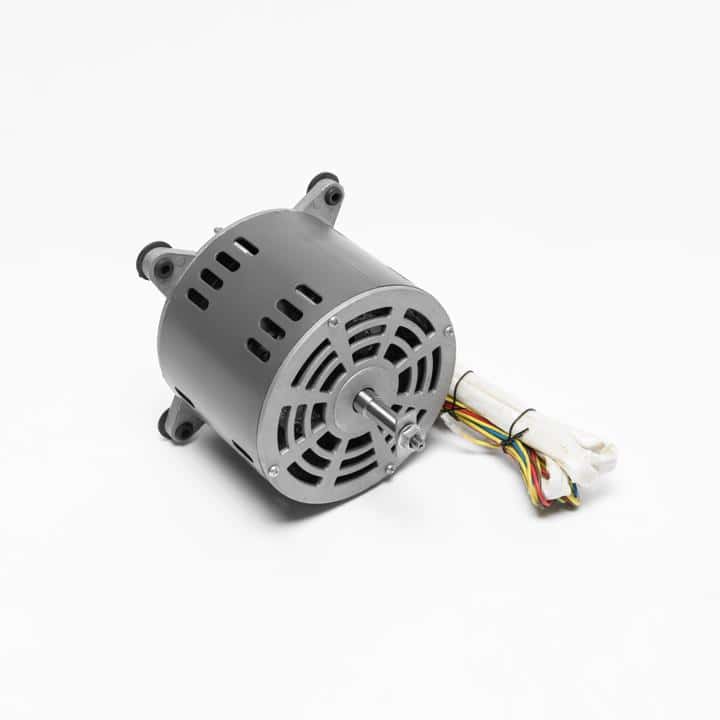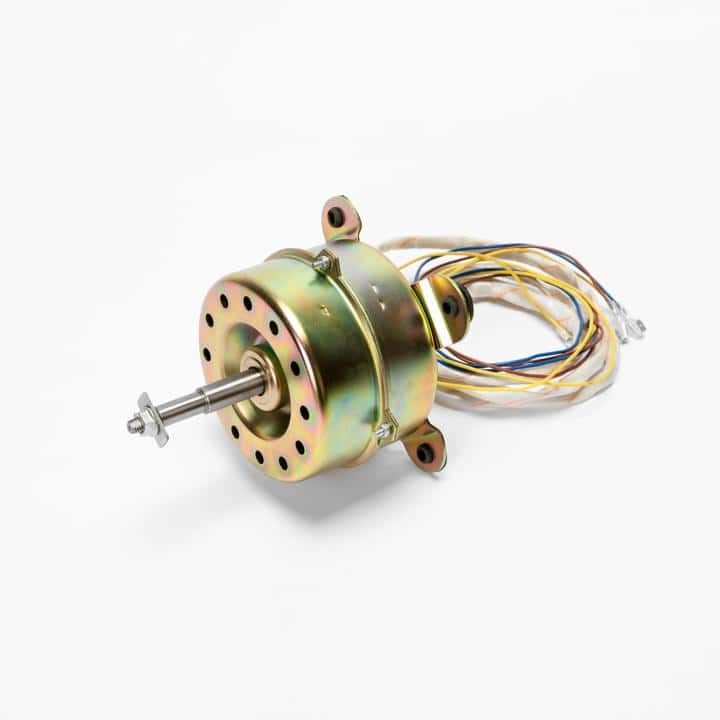Ever wondered what powers the fans keeping homes cool or factories humming? As an electrical engineer, you know the right components are critical to any project’s success. Fan motors might not grab headlines, but they’re the unsung heroes behind everything from cozy ceiling fans to industrial ventilation systems.
What’s a Fan Motor, Anyway?
A fan motor is an asynchronous motor that turns electrical energy into mechanical motion to spin a fan. Its speed depends on the power frequency: when frequency stays constant, more load means slower speed. Fan motors come in two main types—single-phase and three-phase—each built for different jobs.Why does this matter? In Canada, where energy efficiency and reliability are non-negotiable, picking the right motor can save costs and ensure performance.
Types of Fan Motors
Fan motors are like tools in a toolbox—each has its purpose. Here’s the rundown:
- Single-Phase Fan Motor
- Where It Shines: You’ll find these in household gadgets like table fans or ceiling fans, perfect for cooling Canadian homes during sticky summers.
- How It Works: These motors use an aluminum rotor for fast magnetic response and need a starting capacitor to get going. They’re simple and wallet-friendly but pack less punch.
- Tip: Great for homes, but choose models that can handle cold winters without freezing up.
- Three-Phase Fan Motor
- Where It Shines: Think big—industrial HVAC systems, commercial ventilation, or factory cooling.
- How It Works: These motors deliver higher power with lower starting current, thanks to a cast aluminum rotor that conducts well and stays cool. They often use star-delta starting or variable frequency drives (VFDs) for precise speed control.
- Tip: VFDs are a win for energy savings.
Why Fan Motors Stand Out
Fan motors aren’t just about spinning blades—they’re engineered for performance. Here’s what sets them apart:
-
Whisper-Quiet Operation
Nobody wants a fan that roars like a snowblower. Aluminum rotors and smart blade designs keep noise low, making these motors ideal for quiet spaces like bedrooms or offices. -
Energy Savers
Energy bills can sting, especially in Canada’s long winters. Fan motors sip power, and features like VFDs let them adjust speed to match demand, cutting costs and carbon footprints. -
Tough as Nails
Safety first! These motors come with built-in protections against overloads, short circuits, and overheating. They’re built to last, even in Canada’s toughest conditions. -
Ready for Anything
From icy Alberta winters to humid Ontario summers, fan motors handle it all. With high dust and water resistance, they’re versatile for homes, factories, or commercial spaces.
Picking the Perfect Fan Motor
Choosing a fan motor is like picking the right tool for the job. Here’s what to keep in mind:
- What’s the Job :Is it for a home, office, or industrial site?
- Power Needs: Single-phase for small tasks, three-phase for heavy lifting.
- Energy Efficiency: Go for motors with VFDs or high-efficiency ratings to meet Canadian standards.
- Noise Levels: Need silence? Pick low-noise models.
- Environment: Make sure the motor can handle different weather—think freezing cold or dusty factories.
Wrapping It Up
Fan motors may not be flashy, but they’re vital to keeping things cool and comfortable. Whether you’re designing a home fan or a factory ventilation system, understanding their types will help you make smart choices. Pick the right motor, and you’ll boost performance, save energy, and stay on the right side of regulations. Ready to power up your next project?
Got a specific motor in mind? Let us know your needs, and we’ll help you find the perfect fit!



